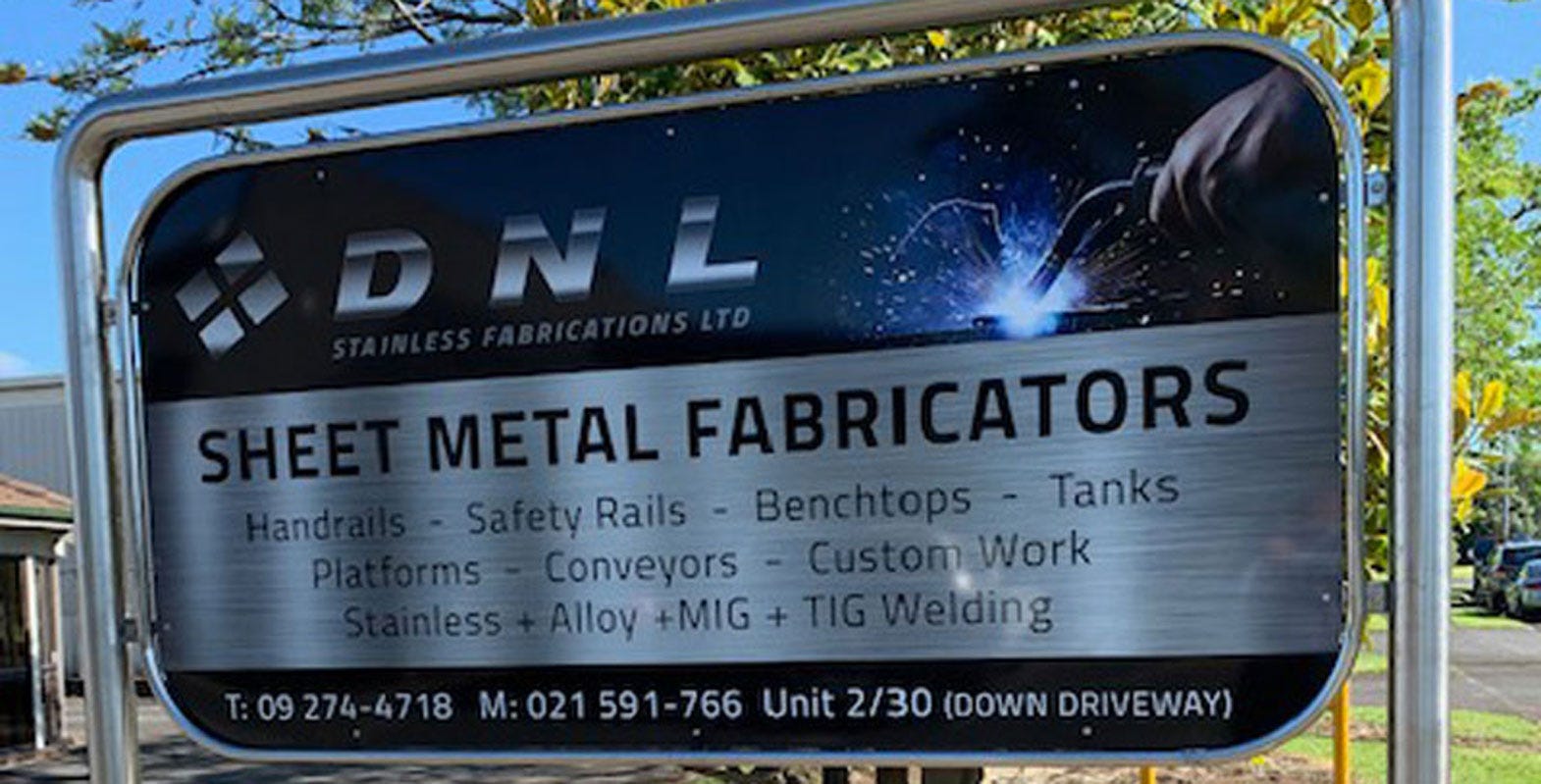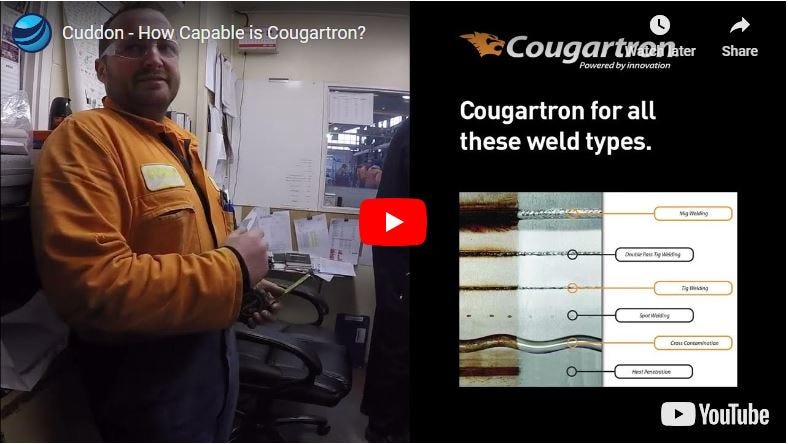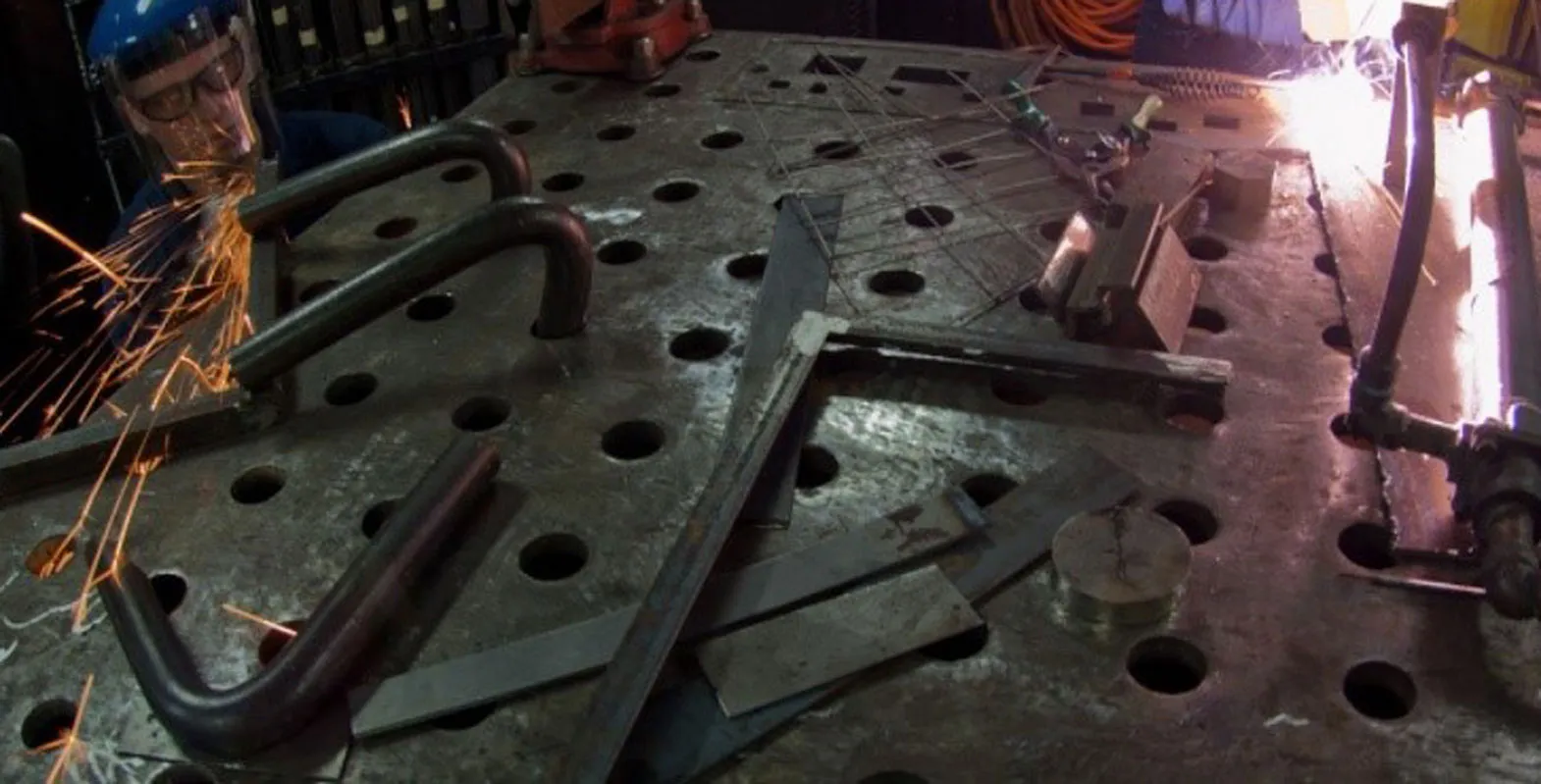Secrets for the best polished finish on your stainless steel welds!
Needing that perfect polished finish on your stainless steel fabrication but the weld is being difficult? Discolouration, shadowing, scratches...we've all been there. Below are the secrets for obtaining the best polished finish on your stainless steel welds...


Choosing a technique
Are you keeping or removing the weld? If you're removing the weld, you'll need to go down the mechanical path of grinding, sanding and polishing. If the weld does not need to be removed, you can still use a mechanical polishing technique, or you may prefer to clean, passivate and polish the stainless steel chemically. This is done using a good electrochemical cleaning machine which can get you to a stainless steel mirror finish in no time!
Mechanical polishing
Mechanical polishing is best when:
- You first need to remove the weld; and/or
- Surface requirements are very specific (shiny, polished look); or
- You don't have an electrochemical cleaning system.


Step 1: Clean/remove the weld
Polishing mechanically is really just further refining the cleaning process after welding. Mechanical cleaning involves the use of abrasives to remove and clean back the weld to a flat, clean surface without any defects. This will create a smooth, seamless surface without the look of a weld on it.
Types of abrasives for this job include:
- Fibre discs – for weld removal on flat or easy to sand areas, easy to get a controlled flat finish without over sanding and taking too much out. If mirror finishing use P120 to remove the weld.
- Flap discs – for contoured and edge work.
- Linishing belts – for refining, shaping and general metalworking on small parts.
- Sanding discs – Fine finish after the weld has been removed from the stainless steel. P120-P800.
- Flap wheel – Great for removal of welds without sanding the surrounding steel. Leaves a grain satin finish.
- Utilized wheels - Can remove welds in hard to reach areas, corners and T section tube joints. This will leave a shaped satin to mirror finish.


The aim is to move from a coarse grit to a fine grit, doubling the grit size to give you the next finer grit (ie. P120 x 2 = P240) and sanding away defects and the last grit marks as you go. So by moving from smaller to larger grit sizes you will smooth off the surface and leave finer and less visible scratches. The higher the finish required, the higher grit you will need to go. Once you get to a perfectly smooth surface it's time to move on to using your polishing tools.
Step 2: Polish
To polish, a gentler abrasive is used in combination with polishing compounds. The type of polishing abrasive you use will depend on the level of finish you require:
- Non-woven wheels – will not remove the weld, but will deburr, blend and give a satin finish.
- Unitized wheels – can remove welds and leave a satin to mirror blended finish. Great when welds are in corners or around tubes.
- Polishing mops - for bright and mirror look on aluminium and stainless steel.
Tips for maximising efficiency:
- Polish across marks/scratches not along them - It is important to remember to perform each grinding step lengthwise, across, and then lengthwise again while moving the machine in a oscillating manner. This will help avoid lines or marks left on the surface from the last grit/sanding marks.
- Keep your work area clean - Even one abrasive grain left on the surface from pre-grinding is enough to spoil the surface of the stainless steel. Make sure you clean the surface in between each grinding step using a microfibre cloth and cleaning agent. It is best practice not to mix different polishing compounds on absorbent polishing wheels, discs or mops.
- Don't apply too much pressure - let the weight of the machine apply the pressure to the work. This will help to reduce the grinding temperature and prevent heat tint.
- Don't mix polishers - it is best practice not to mix different polishing compounds on absorbant polishing wheels, discs or mops.


Electrochemical polishing
Stainless steel polishing after welding with an electrochemical cleaning machine is best when you do not need to remove the weld, but need a bright polished finish.
A good electrochemical cleaning system will provide polishing that is superior, swifter and safer than electropolishing baths or pickling paste and then mechanical polishing. With the use of intelligent electronics, direct current (DC) is used for a high gloss polishing solution. This can remove strong discolouration on and around the weld, to the desired level of polish. This process draws chrome ions to the surface of the stainless for a brighter finish.


One step process!
Polishing with a good Cougartron electrochemical weld cleaning system is a one step process! Basically your electrochemical cleaner will clean and polish at the same time, removing discolouration and marks while bringing the stainless steel back to its original finish.
- Matt/Grain finish - select the cleaning function
- Polished finish - select the polishing function
For products using a mirror polished stainless steel a quality electrochemical weld cleaning system will clean, passivate and polish the weld, bringing it up to the mirror finish of the surrounding stainless steel. This is great for ensuring your fabrication is highly rust resistant.
Cougartron ProPlus: For the best electrochemical cleaning and polishing performance
The Courgartron ProPlus is the most powerful weld cleaning system on the market for it size, and with European innovation this will give you better weld cleaning, and polishing. It's conductive brush produces an electrochemical action that's better, faster and safer than pickling paste or any other weld polishing system. Find out more about the Cougartron ProPlus here.
 Need assistance?
Need assistance?







